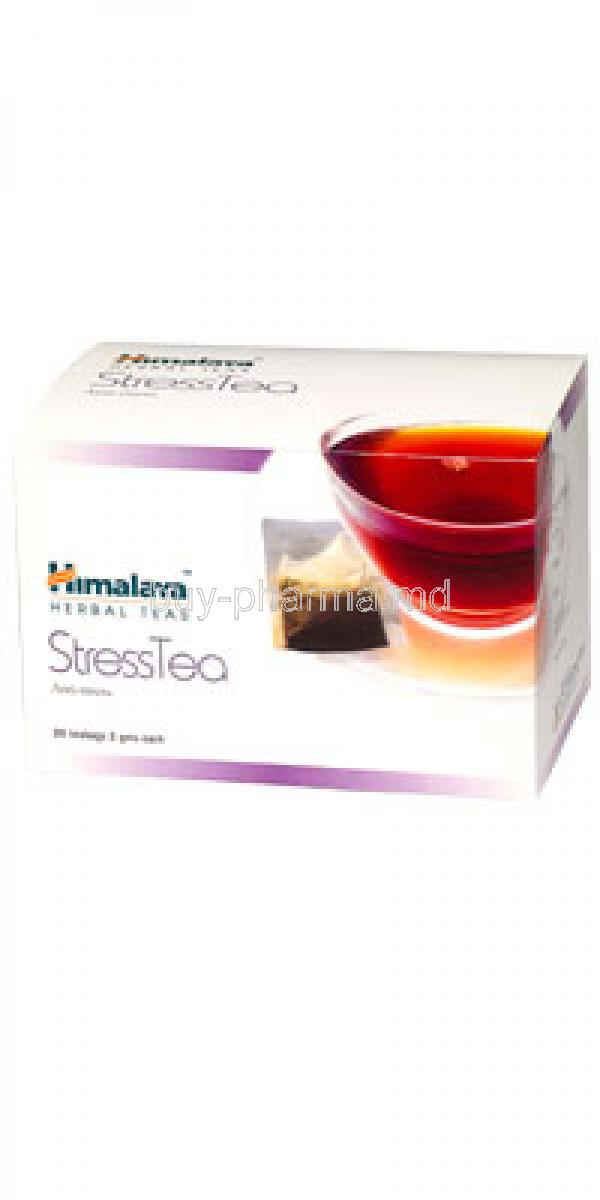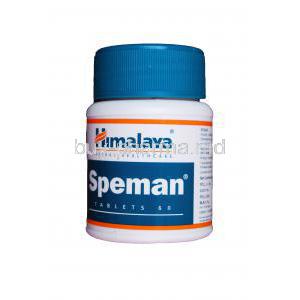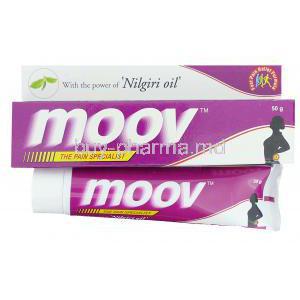Himalaya Stress Tea
- 1. Introduction to Himalaya Stress Tea
- 2. Composition and Key Herbal Ingredients
- 3. Mechanism of Action: How Himalaya Stress Tea Works
- 4. Approved and Recommended Uses
- 5. Off-Label and Alternative Uses of Himalaya Stress Tea
- 6. Dosage and Administration Guidelines
- 7. Common Side Effects and Their Management
- 8. Rare and Serious Side Effects to Monitor
- 9. Interactions with Medications and Other Supplements
- 10. Warnings and Contraindications
- 11. Guidelines for Careful Administration
- 12. Important Precautions Before and During Use
- 13. Use in Elderly Individuals: Recommendations and Considerations
- 14. Administration During Pregnancy and Lactation
- 15. Administration in Children and Adolescents
- 16. Overdose Risks and Management Protocol
- 17. Proper Storage Conditions for Himalaya Stress Tea
- 18. Safe Handling and Preparation Precautions
1. Introduction to Himalaya Stress Tea
Himalaya Herbal Healthcare is a globally recognized wellness brand rooted in the ancient traditions of Ayurveda. Its formulations blend time-tested herbal wisdom with modern scientific rigor, offering consumers safe, plant-based alternatives for health support.
Himalaya Stress Tea is crafted specifically to combat the physical and mental strains of modern living. This herbal infusion utilizes adaptogenic botanicals to support the body in managing stress, while promoting emotional stability and cognitive clarity.
Positioned as a caffeine-free adaptogenic beverage, Himalaya Stress Tea is ideal for individuals seeking daily relaxation without the crash associated with stimulants. It is suited for those navigating work pressure, emotional exhaustion, or chronic fatigue.
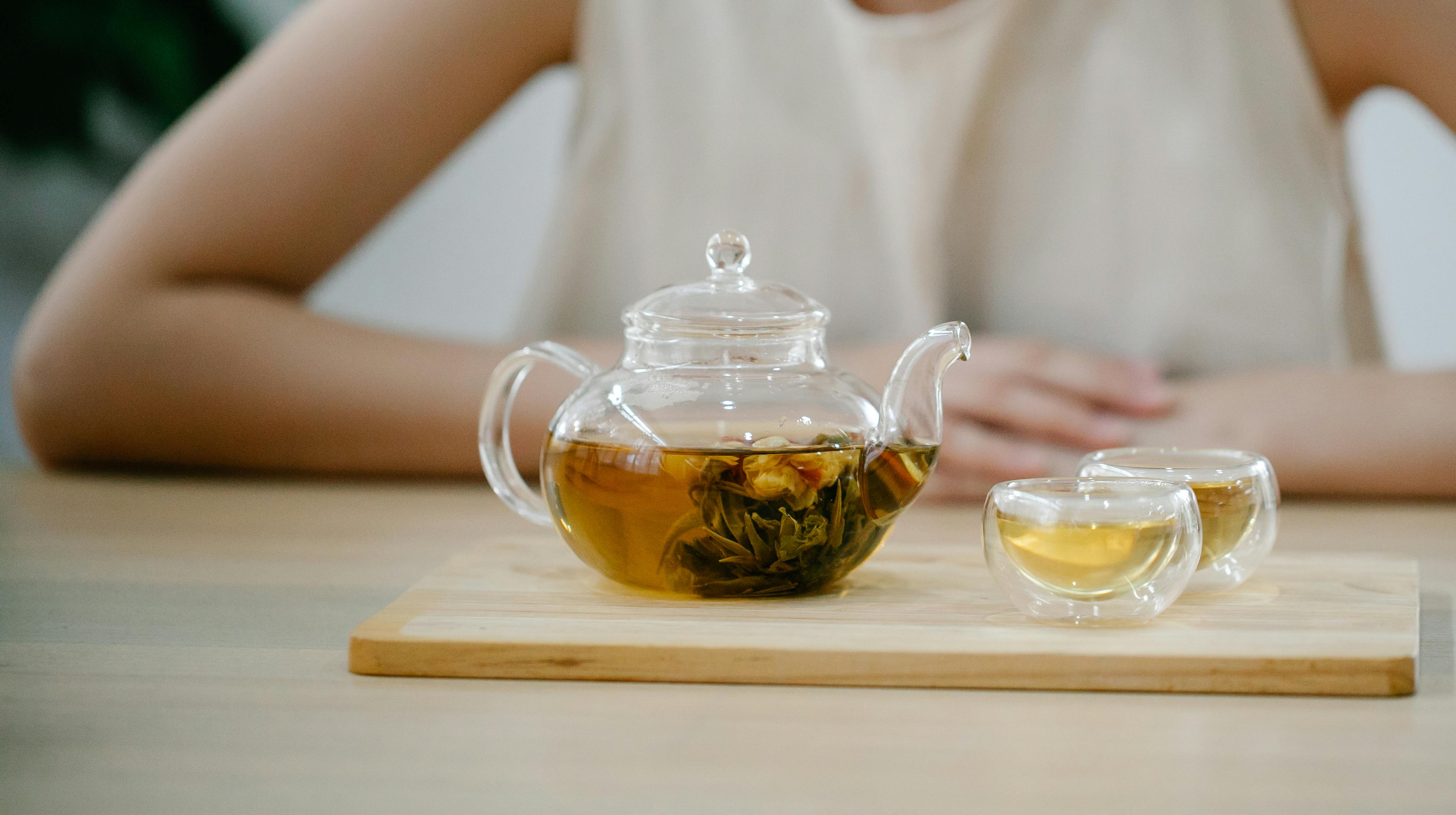
2. Composition and Key Herbal Ingredients
Himalaya Stress Tea features a carefully curated blend of Ayurvedic herbs known for their restorative and balancing properties:
- Ashwagandha (Withania somnifera): Renowned for its adaptogenic action, it helps regulate stress responses and supports nervous system health.
- Gotu Kola (Centella asiatica): Enhances mental function, promotes calmness, and supports circulation to the brain.
- Licorice Root (Glycyrrhiza glabra): Acts as an adrenal tonic, soothing internal inflammation and promoting vitality.
Complemented by natural flavoring agents such as cardamom and ginger, the tea offers a comforting aroma and smooth finish. Importantly, it is free from artificial preservatives, sweeteners, and caffeine, making it suitable for long-term use.
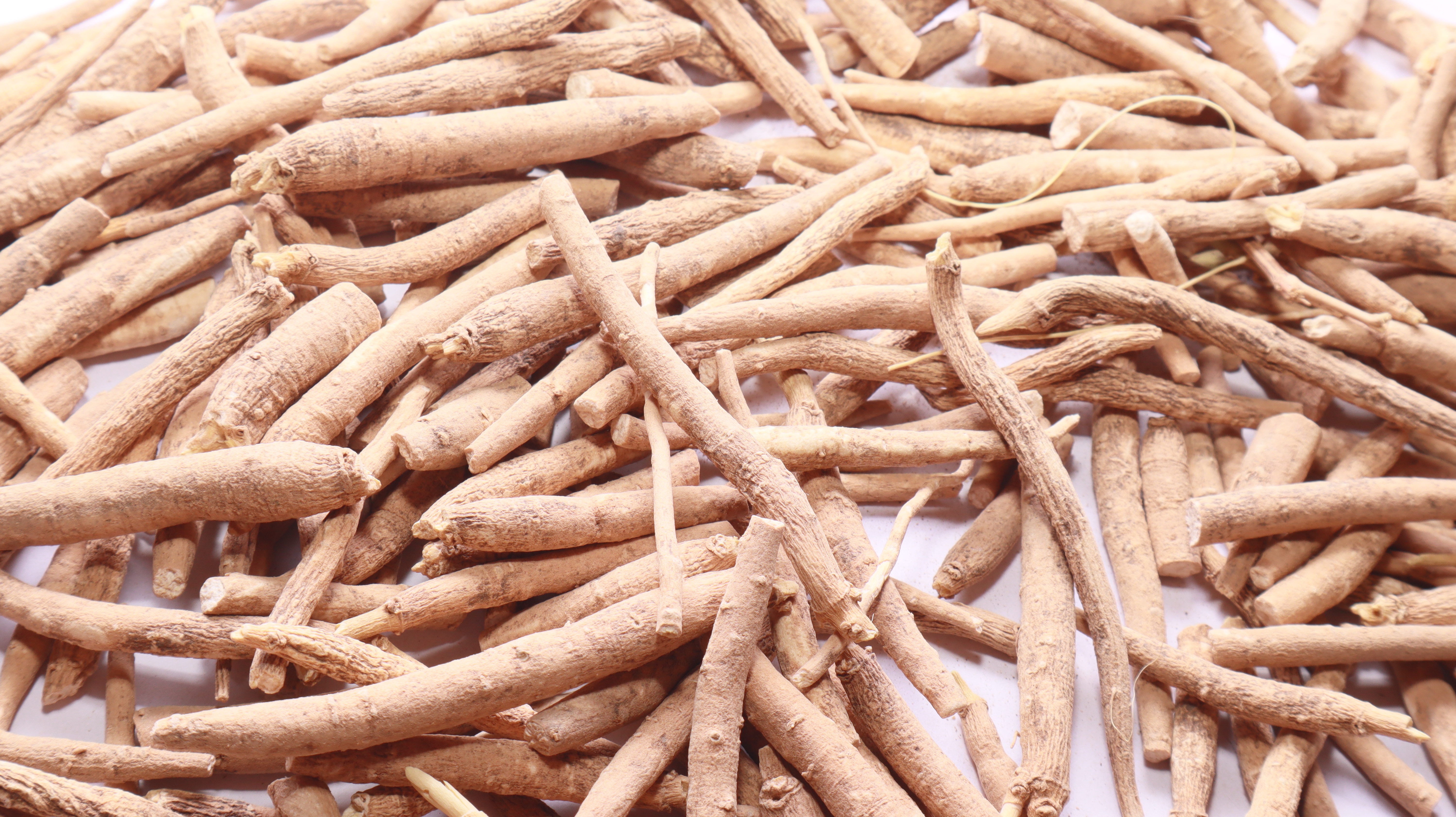
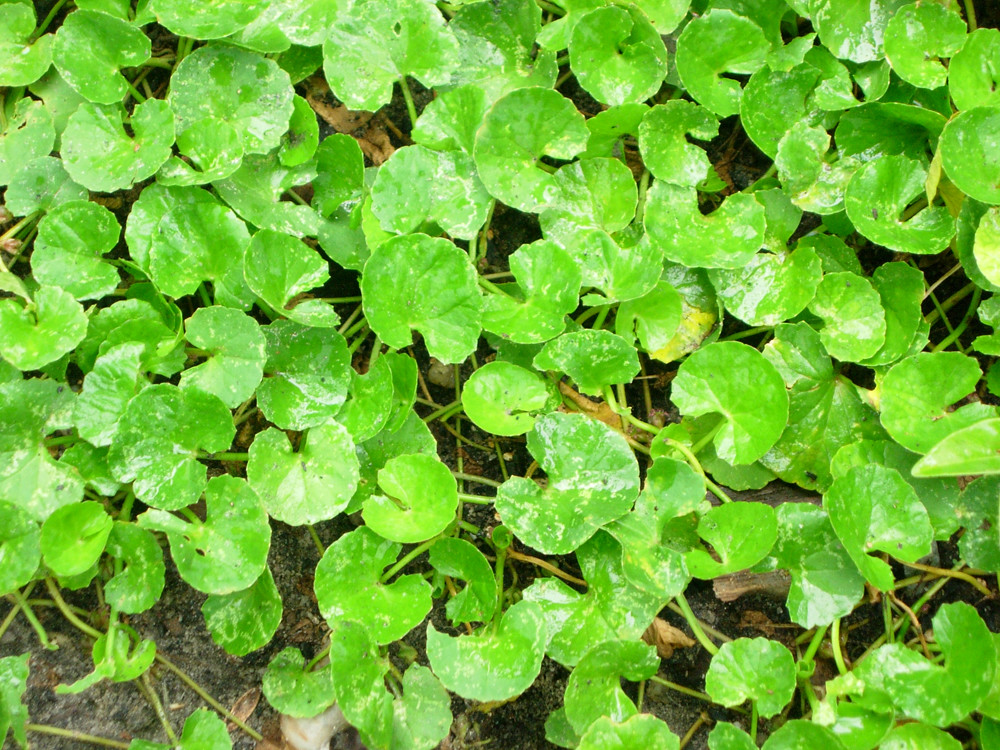
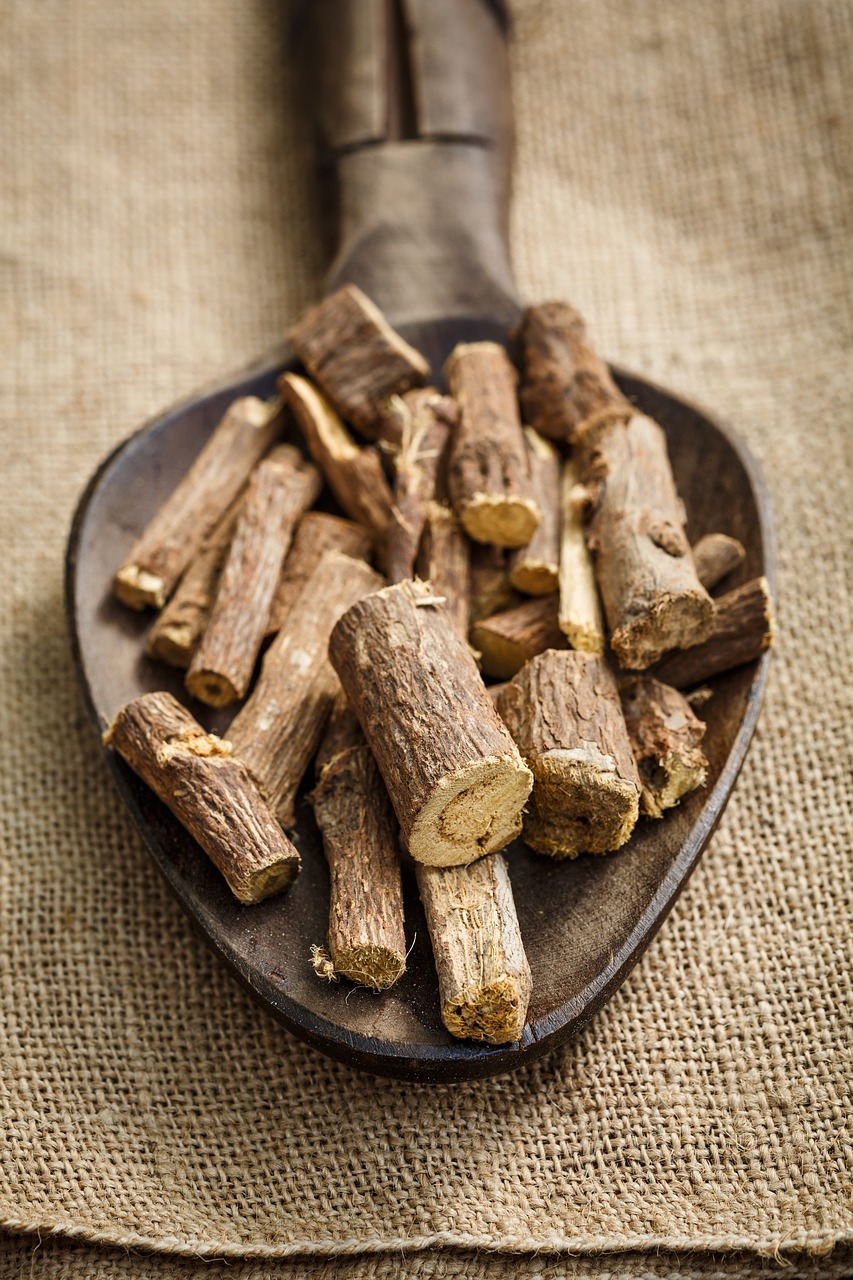
3. Mechanism of Action: How Himalaya Stress Tea Works
The formulation operates on the principle of adaptogenic modulation, targeting the hypothalamic-pituitary-adrenal (HPA) axis to reduce the physiological impact of stress. Enhancing the body's resilience helps restore internal equilibrium.
- Reduces elevated cortisol levels linked to chronic stress
- Improves neurotransmitter function, aiding mental focus and mood stabilization
- Boosts immune system functionality, especially under prolonged strain
These combined effects promote a state of homeostasis, enabling improved energy, cognition, and stress tolerance.
4. Approved and Recommended Uses
Himalaya Stress Tea is designed for regular consumption as a wellness aid in stress-prone individuals. Its recommended applications include:
- Daily use for managing mental and emotional tension
- Reducing fatigue, low motivation, and occasional anxiety
- Enhancing sleep quality by promoting a relaxed state before bedtime
- Supporting adrenal balance and sustaining energy during demanding routines

5. Off-Label and Alternative Uses of Himalaya Stress Tea
Beyond its primary indications, Himalaya Stress Tea may offer ancillary benefits in diverse wellness contexts:
- Helps alleviate mood fluctuations linked to premenstrual symptoms
- Supports recovery during post-illness fatigue and convalescence
- Complements meditation, yoga, and mindfulness sessions
- Promotes sustained focus and composure for students and high-pressure professionals

6. Dosage and Administration Guidelines
To achieve the desired outcomes as an adult, it's recommended to consume 1 to 2 cups daily. The usual method is to brew one tea bag in boiling water for 5 to 7 minutes, or longer for a stronger effect—up to 10 minutes will suffice. Its advised to enjoy one cup in the morning for a boost at the start of your day and another, in the evening to relax before bedtime; feel free to adjust your intake depending on how stressed you feel or how your body reacts.
7. Common Side Effects and Their Management
While Himalaya Stress Tea is well-tolerated by most individuals, some users may experience mild reactions:
- Temporary bloating or nausea, often mitigated by taking the tea with a light snack
- Herbal aftertaste or subtle dizziness, particularly in those unaccustomed to adaptogens
- Increased urination due to mild diuretic herbs like licorice or tulsi
These effects are usually transient and resolve without medical intervention.
8. Rare and Serious Side Effects to Monitor
Though uncommon, more serious side effects may occur and warrant discontinuation:
- Allergic responses such as hives, skin irritation, or respiratory discomfort
- Endocrine effects in individuals with thyroid dysfunction, due to Ashwagandha
- Elevated liver enzymes in rare cases of hepatic sensitivity
Immediate medical evaluation is advised if any serious reactions are observed.

9. Interactions with Medications and Other Supplements
Caution should be exercised when combining Himalaya Stress Tea with pharmacologic agents:
- May enhance the sedative effects of benzodiazepines or sleep aids
- Potential interactions with antidepressants or SSRIs due to modulation of neurotransmitters
- Should be used cautiously with other adaptogenic or hormonal herbs
- Patients on thyroid medication should consult a healthcare provider due to Ashwagandha's hormonal effects
A 2-hour interval between consuming the tea and taking medications is generally recommended to minimize interaction risks.
10. Warnings and Contraindications
11. Guidelines for Careful Administration
First-time users should adopt a cautious approach by introducing the tea gradually into their routine. Begin with one cup per day and observe the body's response before increasing intake.
- Monitor for any adverse reactions such as skin rash, stomach discomfort, or fatigue
- Ensure proper hydration throughout the day, as herbal teas may have mild diuretic properties
- Use consistently for best results, but pause periodically to assess continued need
12. Important Precautions Before and During Use
Certain practices can enhance the tea's benefits and reduce the likelihood of side effects:
- Do not combine with caffeine-rich beverages or energy drinks, which may counteract its calming effects
- If stress symptoms worsen or if new symptoms emerge, discontinue use and consult a healthcare provider
- Store the tea in its original packaging in a cool, dry place to preserve its herbal integrity
13. Use in Elderly Individuals: Recommendations and Considerations
The elderly may have reduced metabolic and excretory function, making dose adjustments prudent. Begin with half the usual serving and assess tolerability.
- Monitor kidney and liver function during prolonged use
- Consider drug-herb interactions if the individual is on antihypertensives, anticoagulants, or sedatives
- Encourage regular medical check-ins if tea is used as part of a broader stress management regimen

14. Administration During Pregnancy and Lactation
Pregnant and nursing individuals should approach herbal products with caution due to hormonal implications and limited safety data.
- Avoid use unless explicitly approved by a qualified healthcare provider
- Herbs like Ashwagandha may influence hormonal pathways or uterine tone
- Research on safety in lactating mothers and infants is insufficient for conclusive guidance
15. Administration in Children and Adolescents
Himalaya Stress Tea is generally not formulated for pediatric use unless directed by a healthcare professional. Safety in younger populations has not been widely studied.
- Minimum age recommendation is 12 years, with lower doses and diluted preparation
- Children may be sensitive to the taste or effects of certain herbs
- Always supervise use and watch for changes in behavior or physical response


16. Overdose Risks and Management Protocol
Consuming more than the recommended amount may result in discomfort or mild toxicity. Symptoms of overconsumption may include:
- Nausea or gastrointestinal distress
- Loose stools or mild headache
- Possible irritability or restlessness in sensitive individuals
In case of overdose:
- Discontinue immediately and hydrate well with water
- Monitor symptoms for improvement within 12-24 hours
- Seek medical advice if symptoms persist or intensify
17. Proper Storage Conditions for Himalaya Stress Tea
Proper storage extends the shelf life and ensures the herbs retain their beneficial properties.
- Keep tea bags sealed in an airtight pouch or container
- Store in a dry, shaded place away from humidity and direct sunlight
- Check expiry date regularly and avoid use beyond that timeframe
- Avoid storing near strong-smelling substances that may alter aroma and taste
18. Safe Handling and Preparation Precautions
To maintain hygiene and product integrity during preparation:
- Use clean cups, kettles, and utensils to avoid contamination
- Boil filtered water for steeping to maximize herbal extraction
- Do not reuse tea bags as they lose efficacy and may harbor bacteria
- Store prepared tea in covered containers if consuming later, but discard after 12 hours
- Keep all herbal teas out of reach of young children and pets
Himalaya Stress Tea FAQ
- What is stress tea good for?
- What is Himalaya Stress Tea?
- What are the key ingredients in Himalaya Stress Tea and how do they help with stress?
- Does Himalaya Stress Tea contain caffeine?
- How should Himalaya Stress Tea be consumed for best results?
- Can Himalaya Stress Tea help with anxiety and sleep?
- Are there any potential side effects of drinking Himalaya Stress Tea?
- Is Himalaya Stress Tea a substitute for stress management techniques?
What is stress tea good for?
To help feel calm
What is Himalaya Stress Tea?
The Himalaya Stress Tea is a tea mixture that consists of ingredients that have been historically known to aid in stress management and relaxation while enhancing overall health and well being.
What are the key ingredients in Himalaya Stress Tea and how do they help with stress?
Typical components may consist of Ashwagandha (recognized for its qualities that aid in managing stress), brahmi (derived from Bacopa monnieri and traditionally used to soothe the mind and enhance abilities), and Sankhapushpi (from Convolvulus pluricaulis and thought to alleviate anxiety and induce calmness).
Does Himalaya Stress Tea contain caffeine?
Himalaya Stress Tea is designed to be caffeine-free to promote relaxation and reduce stress levels.
How should Himalaya Stress Tea be consumed for best results?
It's usually advised to have 1 to 2 cups of Himalayan Stress Tea every day and just follow the brewing directions on the package.
Can Himalaya Stress Tea help with anxiety and sleep?
Himalaya Stress Tea contains herbs, like Ashwagandha and Shankhapushpi, that are known for their calming effects and potential to reduce anxiety and enhance sleep quality according to practices. However, results may differ from person to person. It should not be seen as a replacement for medical advice in cases of serious anxiety or sleep disorders.
Are there any potential side effects of drinking Himalaya Stress Tea?
When you drink Himalaya Stress Tea in the dose advised for adults, it's usually safe for people, but a few might feel slight stomach discomfort or sleepiness at first tryout. If you've got any existing health issues or are currently using medicines, it's wise to check with a doctor just to be safe.
Is Himalaya Stress Tea a substitute for stress management techniques?
Himalaya Stress Tea is designed to help manage stress by complementing health-enhancing habits like staying active and eating a well-rounded diet. It also ensures you get enough rest and incorporates stress-relieving methods such as meditation or deep breathing exercises into your routine.

